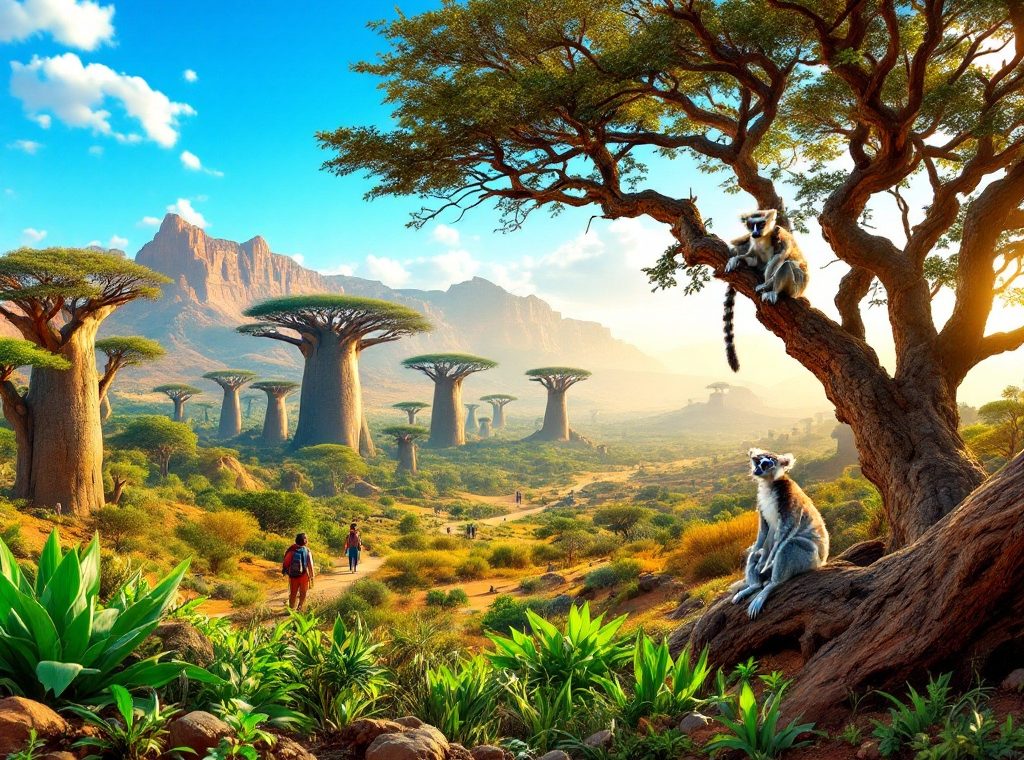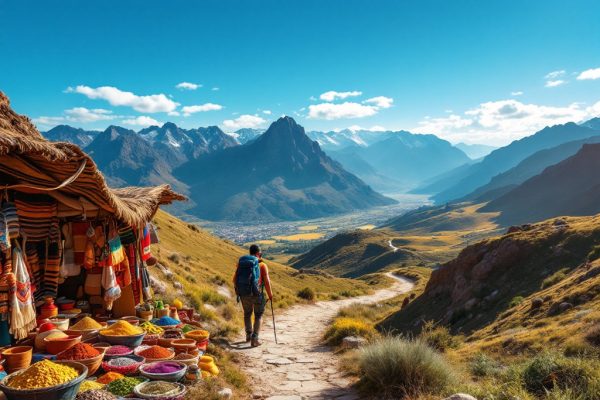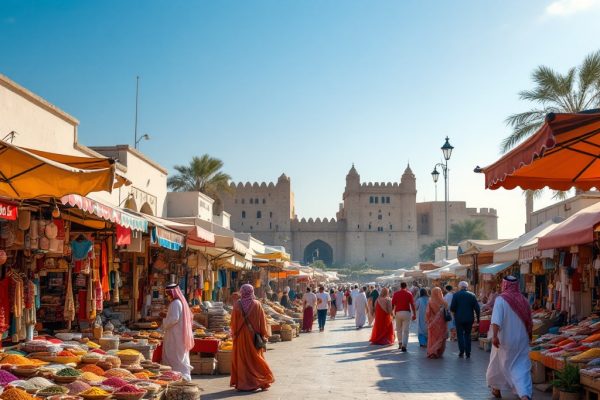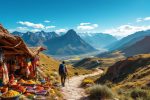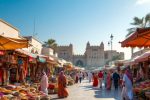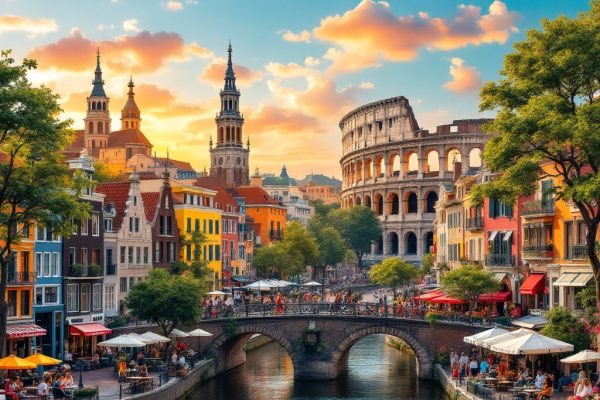Best Season for a Trip to Madagascar
Dreaming of lemurs, baobabs, and pristine beaches? Madagascar’s dry season, from May to October, offers the perfect escape. Enjoy ideal hiking conditions, incredible wildlife viewing opportunities, and easy access to national parks like Andasibe-Mantadia and Isalo. Discover diverse landscapes, from lush rainforests to arid deserts, under clear skies. Plan your unforgettable Madagascar adventure today!
Important information
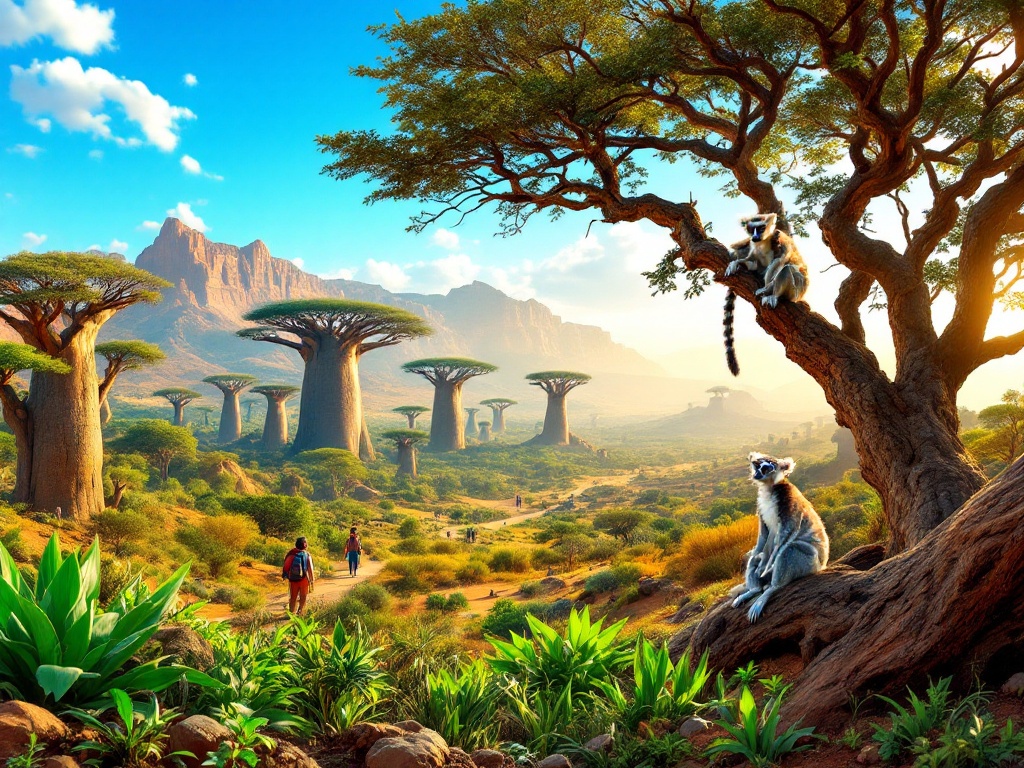
- Madagascar’s dry season (May to October) offers cooler temperatures, less rain, and fewer insects, making it the best time to visit.
- The dry season provides ideal conditions for wildlife viewing, hiking, surfing, and exploring national parks due to improved road accessibility.
- April to June is a great time to see newborn animals and enjoy surfing, while July and August are peak season for outdoor activities.
- September is prime lemur-viewing season, and October offers increased fossa activity and excellent birdwatching.
- Madagascar has diverse microclimates, so checking regional forecasts before and during your trip is crucial.
Best Season for a Trip to Madagascar
Madagascar’s dry season, spanning from May to October, presents cooler temperatures and fewer insects, making it an ideal time for travel. Popular activities during this period include hiking, surfing, diving, and observing the diverse wildlife.
Why the Dry Season is Ideal
Madagascar shines from May to October during its dry season, offering clear skies and prime wildlife viewing opportunities. Lemurs, chameleons, and a vibrant array of birds are easier to spot. This period is also ideal for hikers, with improved access to national parks like Andasibe-Mantadia and Isalo, and the famed Avenue of the Baobabs. Coastal havens such as Nosy Be beckon with pristine beaches, while better road conditions open up travel to even the most remote and undiscovered corners of the island.
May to October: Optimal Conditions for Travel
Madagascar’s dry season, spanning from May to October, presents ideal conditions for outdoor enthusiasts. The pleasant temperatures and lower humidity create a comfortable environment for hiking and wildlife viewing. Moreover, improved road conditions during this period facilitate easier access to the national parks. However, be aware that some regions may experience exceptional dryness during these months.
Weather and Climate Considerations
Madagascar’s tropical climate has distinct dry and wet seasons, which significantly impact travel plans. The dry season, from May to October, offers ideal travel conditions. Roads are more accessible, making it easier to explore national parks and other attractions.The wet season, from November to March, brings heavy rainfall and cyclones, especially between January and March. These conditions can disrupt travel and wildlife viewing opportunities, and sometimes make roads impassable due to flooding.
Dry Season (May-October)
Ideal time for travel. Easier access to national parks and attractions. More passable roads.
Wet Season (November-March)
Heavy rainfall and cyclones, especially January-March. Potential travel disruptions. Wildlife viewing can be challenging. Roads may become impassable due to flooding.
Remember that Madagascar’s diverse microclimates influence regional weather, so checking local forecasts is essential before and during your trip.
Dry Season vs. Wet Season: What to Expect
Madagascar’s Dry Season
The dry season in Madagascar offers cooler temperatures and little rain, making it the ideal time for wildlife viewing and outdoor activities. The best time to visit is during the dry season.
Madagascar’s Wet Season
The wet season (November to March) brings higher temperatures and heavy downpours. This makes travel more challenging, and wildlife sightings are rarer due to the dense foliage.
Understanding Madagascar’s Microclimates
Madagascar’s incredibly diverse landscapes, ranging from lush rainforests to arid deserts, create unique microclimates. The central highlands offer a cooler alternative to the coastal regions. The east coast experiences heavy rainfall, particularly during the wet season (November to April). The west coast remains much drier, while the southwest is semi-arid. These varied climates significantly influence the island’s wildlife, impacting everything from lemur migrations to reptile activity as they adapt to their specific environments.
Month-by-Month Guide to Visiting Madagascar
April to June
Experience a wildlife baby boom, making it an ideal time for animal viewing. Surfers will also find this season appealing, with excellent wave conditions and dry, cool air.
July and August
Peak season offers warm, dry weather perfect for hiking through national parks, exploring hidden trails, or relaxing on the beaches.
September
Prime lemur-viewing season offers chances to see adorable baby lemurs. The dry weather creates perfect conditions for wildlife photography and exploring diverse landscapes.
October
Increased fossa activity and excellent birdwatching opportunities are available. The persistent dry season provides ideal conditions for observing these fascinating creatures.
April to June: Best Time for Newborn Animals and Surfing
For wildlife lovers, springtime (April through June) offers a unique opportunity to observe newborn animals thriving in their natural environments. The pleasant weather also makes for excellent surfing conditions—grab your board and hit the waves.
July and August: High Season for Outdoor Activities
Madagascar shines in July and August, its dry season ideal for exploring the island’s diverse landscapes. This is the peak time to visit.
September: Peak Time for Safaris and Baby Lemurs
Embark on an unforgettable wildlife experience with a Madagascar safari this September. Observe thriving fauna, including lemurs, chameleons, and diverse bird species. Plus, the adorable newborn lemurs are a particularly special sight, attracting photographers and wildlife enthusiasts.
October: Fossa Activity and Bird Watching
Experience incredible wildlife viewing in Madagascar this October. Witness the elusive fossa actively hunting in its natural habitat. Birdwatching enthusiasts will also delight in the numerous species readily visible during this time of year. Book your trip now for an unforgettable adventure.

